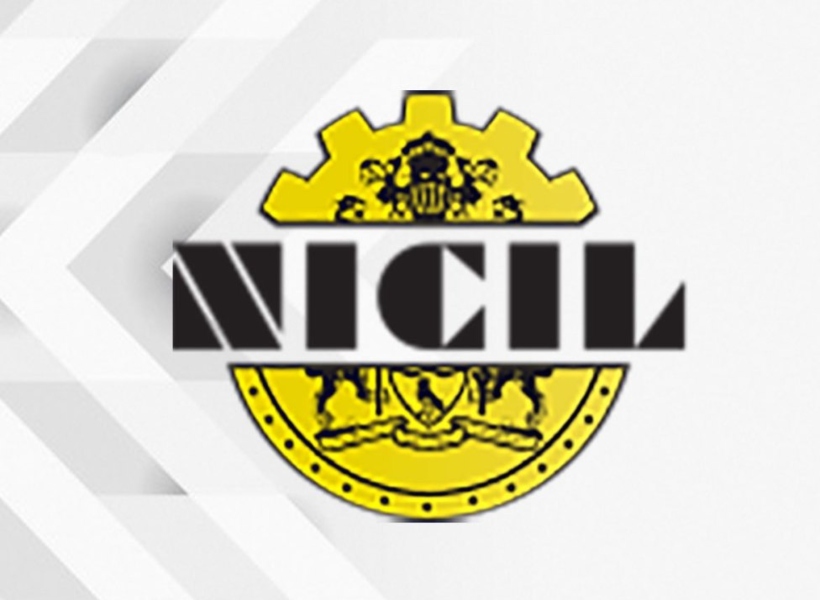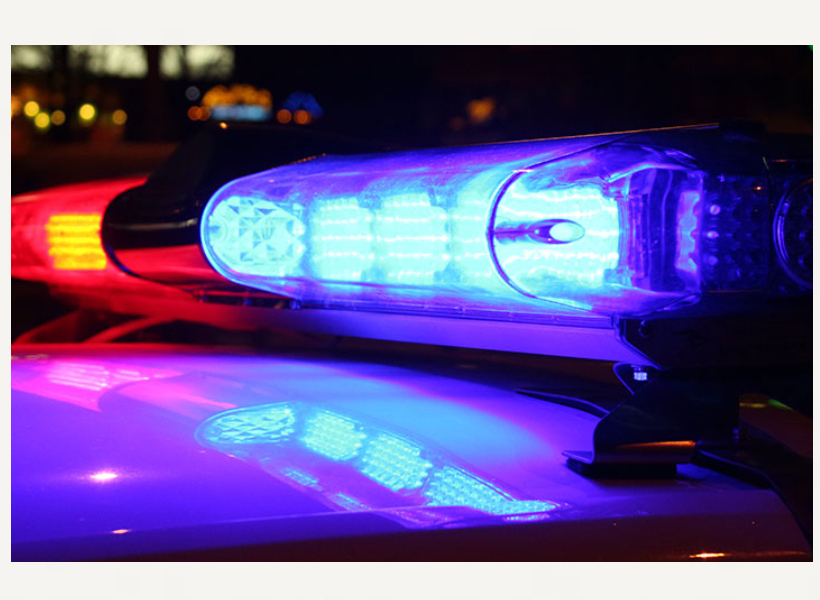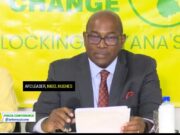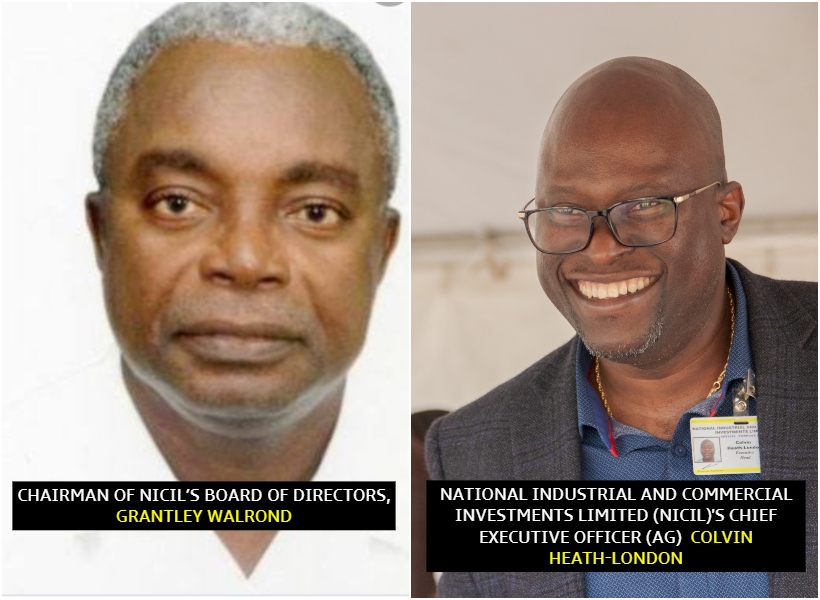Some 900 persons received instruments entitling them to occupy houselots in Region 10 (Upper Demerara/Berbice), says Chairman of the Board of Directors of the National Industrial and Commercial Investments Limited (NICIL), Dr. Grantley Walrond.
In a statement from NICIL today, Dr. Walrond praised NICIL’s acting Chief Executive Officer (CEO), Colvin Heath-London, for his “visionary abilities” in the regularisation of squatters in the region.
“Almost every young person will tell you that they are mostly interested in land as that is one of the burning issues that we encounter whenever having discussion. Therefore, the approach by Mr. Heath-London to have residents regularised in Region Ten is an excellent initiative that we from the Board should commended him for,” Dr Walrond noted.
He added: “…We are determined and committed to providing the required support and assistance in ensuring that the NICIL head is supported and provided with the required resources and enabling environment to continue executing his responsibilities and mandate in the most professional manner.”
The Chairman said that NICIL is chartering a “very impressive and well-chartered course”.
Just recently, the Guyana Standard reached out to Heath-London seeking clarity after it was revealed in the Official Gazette that lands totalling 1.3 acres were transferred to Lindeners.
The CEO told this publication that the transferring of lands in Region 10 is nothing new, and that it is part of the Land Regularisation Project. He confirmed that it not a case of acquisition where lands are given away willy-nilly.
“You may have been living on a portion of land for two, three generations and you’re being regularized. That is what land regularization is mainly about. So, you might have been in possession and you’re just regularizing,” he said.
Heath-London noted that in some cases, persons would have applied for over 25 years and were not successful in acquiring the lands legally. The CEO said that persons had to pay for the lands, as well as for surveying and legal fees.
“It’s not free; nothing is free,” he told the Guyana Standard.
A Guyana Chronicle report on February 9. 2020, stated that the residents all paid $33,000 each for their land.











